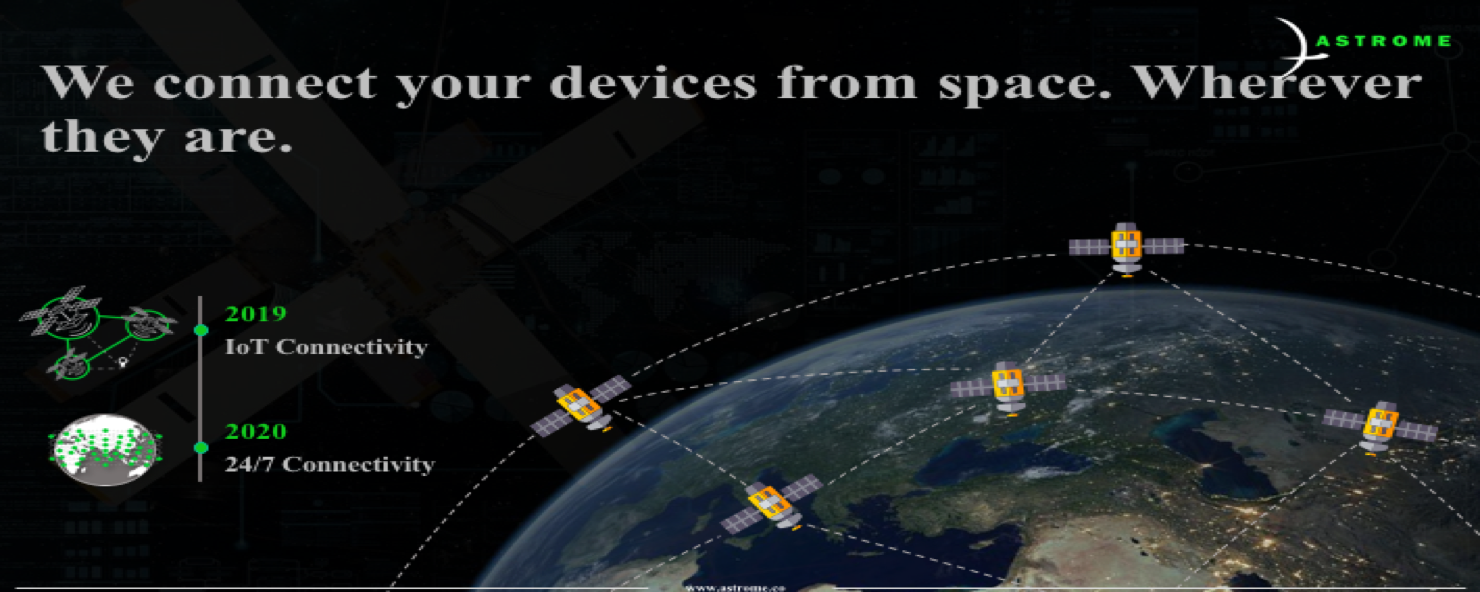Astrome
| Showcase | Criterion |
|---|---|
| Showcase articles feature products, start-ups or service providers that IoTForum Editors consider impactful, innovative or successful. They will focus more on technology, business model and learnings for the wider ecosystem. We are starting with IoTnext 2017 Award winners and special mentions. If you consider that your offering should be covered send a draft to IoTForum using contact us option | Astrome was a special mention at IoTNext 2017 |
As per Gartner’s prediction, there will be over 6.4 billion connected things worldwide by 2022. It is estimated that in 2017, 80 new things get connected every second and this number will be upward of 250 new things per second in 2020. At the same time, the content consumption habits of people are changing with increasing number of people consuming high resolution content on their devices. These two will lead to humungous increase in the amount of data generated. Another important factors is the complex and contradictory requirements on bandwidth that will arise. On one hand, there will be high end devices guzzling bandwidth for stream HD content which is not critical, while on the other hand there will be automated cars that will put ultra-low latency and high reliability requirements on bandwidth.
Astrome, an Indian space technology company is planning to solve this issue by providing high speed internet from space. The company, founded in 2015, is developing next generation technologies to satisfy the increasing need of bandwidth. High-speed broadband which is currently limited to urban areas, will be made location independent by their Advanced High Throughput Satellites (HTS). The company is incubated at the Indian Institute of Science, India’s premier research institute.
The first set of high capacity satellites are scheduled to be launched in 2019. They will form a mini-constellation in Low Earth Orbit (LEO) and start providing regular, yet reliable, broadband connectivity. Each of these satellite is expected to carry a very high throughput transpoder with more than 100Gbps capacity. The satellites wiil operate in millimeter frequency range making frequency reuse much more efficient
The company intends to have a constellation of high throughput satellites that will cover every nook and corner within our coverage area. Their satellites will cover South Asia, Southeast Asia, Africa, South America, and Central America - regions from which the next billion internet users are coming online. This will mean that the internet access will be available even in the remote areas where providing internet through cables and radio interfaces is not feasible financially and/or practically.
In addition to traditional network operators, the company will be competing with likes of Google, Facebook, Microsoft and SpaceX all of who working on providing internet through space. While Google Loon intends to use a network of balloons deployed at the edge of the space to extend Internet connectivity to the rural and remote areas all over the world, Facebook Aquila will use solar-powered drones. Microsoft with it White Spaces Project is trying to use unused television spectrum to deliver low-cost Internet and SpaceX will uses a globe-spanning satellite network to bring terrestrial Internet to space.
References:
